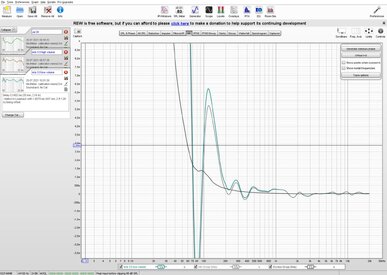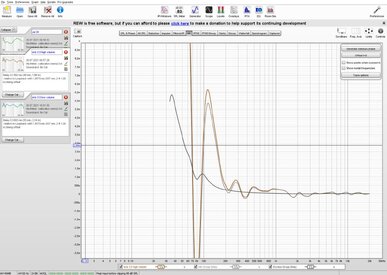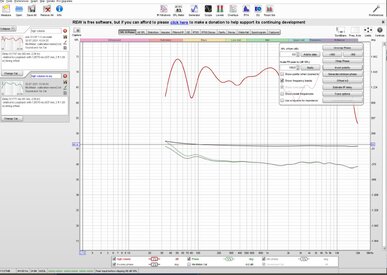user44455555
Registered
Thread Starter
- Joined
- Jan 16, 2021
- Posts
- 150
Hello I mean REW not rev .I am not 100% sure if phase response and phase delay is diffrent display result. but in this university standford page phase delay display time and not angles. https://ccrma.stanford.edu/~jos/fp/Phase_Delay.html
I think the display of angles not very usefull. when it show in time is better readable to find fast mid range speaker that are good enough for ITD. I try group delay this give large delays on speaker over 1-3 ms at 500 hz because it seem measure more cycles. maybe ot get better results need measure at diffrent levels and look if the diffrence of the delay change much depend on volume. because for ITD should precise around 0.05ms and on stereo left and right speaker move diffrent ways, so delay between left and right speakers can change and give less stereo precision on slow speakers
I think the display of angles not very usefull. when it show in time is better readable to find fast mid range speaker that are good enough for ITD. I try group delay this give large delays on speaker over 1-3 ms at 500 hz because it seem measure more cycles. maybe ot get better results need measure at diffrent levels and look if the diffrence of the delay change much depend on volume. because for ITD should precise around 0.05ms and on stereo left and right speaker move diffrent ways, so delay between left and right speakers can change and give less stereo precision on slow speakers
Last edited:















